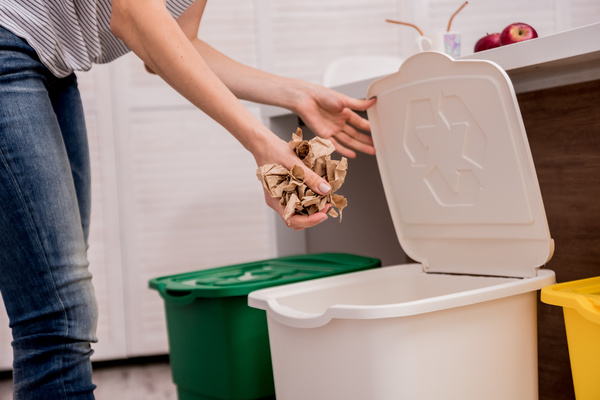
Today’s consumers are concerned with sustainability. They make purchasing decisions based on whether a brand’s values align with theirs.
Companies are experimenting with CPG packaging materials such as plastic alternatives to reduce waste and preserve the environment. According to a recent Ad Week Morning Consult poll, 77% of Americans believe CPG brands are responsible for making sure their packaging is recycled. Here’s what you can do.
What the Poll Reveals
The Ad Week Morning Consult Poll reflects how customers feel about sustainable packaging. Around six in ten consumers say there should be a penalty for businesses that produce CPG packaging that is harmful to the environment. This number is especially significant when you consider the estimated eight million metric tons of plastic per year that wind up in the ocean.
Companies are committing to using sustainable packaging and setting long-term goals to reduce waste. The key is using innovative materials like paper products and bamboo that replace plastics. This can lead to significant growth by opening new partnerships for businesses.
The Ad Week study shows that customers are interested in the entire product, which includes the CPG packaging. Buying decisions are often based on the sustainability of the packaging since it is the first part of a product customers see and touch. It’s also what often gets disposed of first, making recycling that much more important.

Ways to Reduce Waste
There are several ways your CPG brand can reduce waste. Achieving this takes dedication, which begins with setting goals.
These goals can include using packaging that is 100% compostable, recyclable, or reusable. It begins with the supply and processing of materials chosen for CPG packaging as well as downstream efforts.
The key is coming up with the right packaging strategies. In 2018, almost 50% of waste in the U.S. wound up in a landfill. Now more CPG brands are focusing on goals that result in zero landfills.
Consumers want their communities to be more environmentally-conscious. This has led to regulations for putting recycling programs in place to effectively sort materials.
Think of ways to reduce waste from the design concept of your packaging to disposal. Look at options for using post-consumer recovered materials.
Create strategies for what you will use as fillers and shrink wrap. Rather than bubble wrap and plastic air pillows, use natural fillers. These materials include wood, wool, and cardboard.
If you do use recyclable plastics, use only one type for your product containers. Often, companies use different types for the container, lid, and seal inside. This complicates the recycling process.
Plastic-free packaging is more environmentally-friendly and helps you promote true sustainability.
Work with partners to create CPG packaging that results in zero waste. Consider reusable or multi-use shipping containers. Think about how your packaging can be recycled and how your CPG brand can reduce the volume of materials you generate.
Compare which distribution facilities are reporting the most damaged items. Search for centers that experience minimal damage to products.
Look for recycling experts to help you find solutions to these and other challenges. This enables you to choose the best materials for your sustainable packaging and focus on growing your CPG brand.
PKG Brand Design is always on the forefront of new CPG branding and packaging initiatives, please subscribe to our blog for the latest package design industry news!







